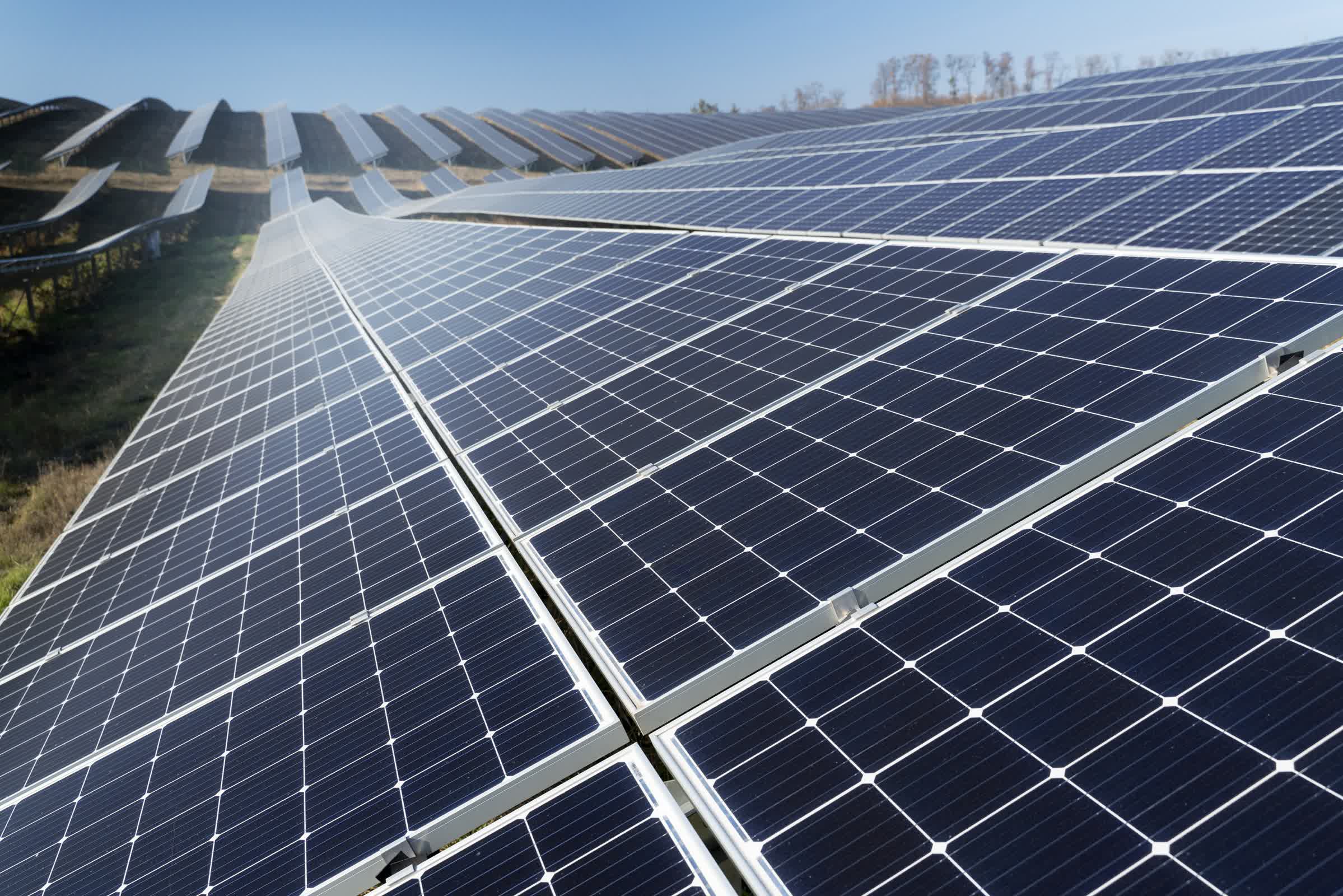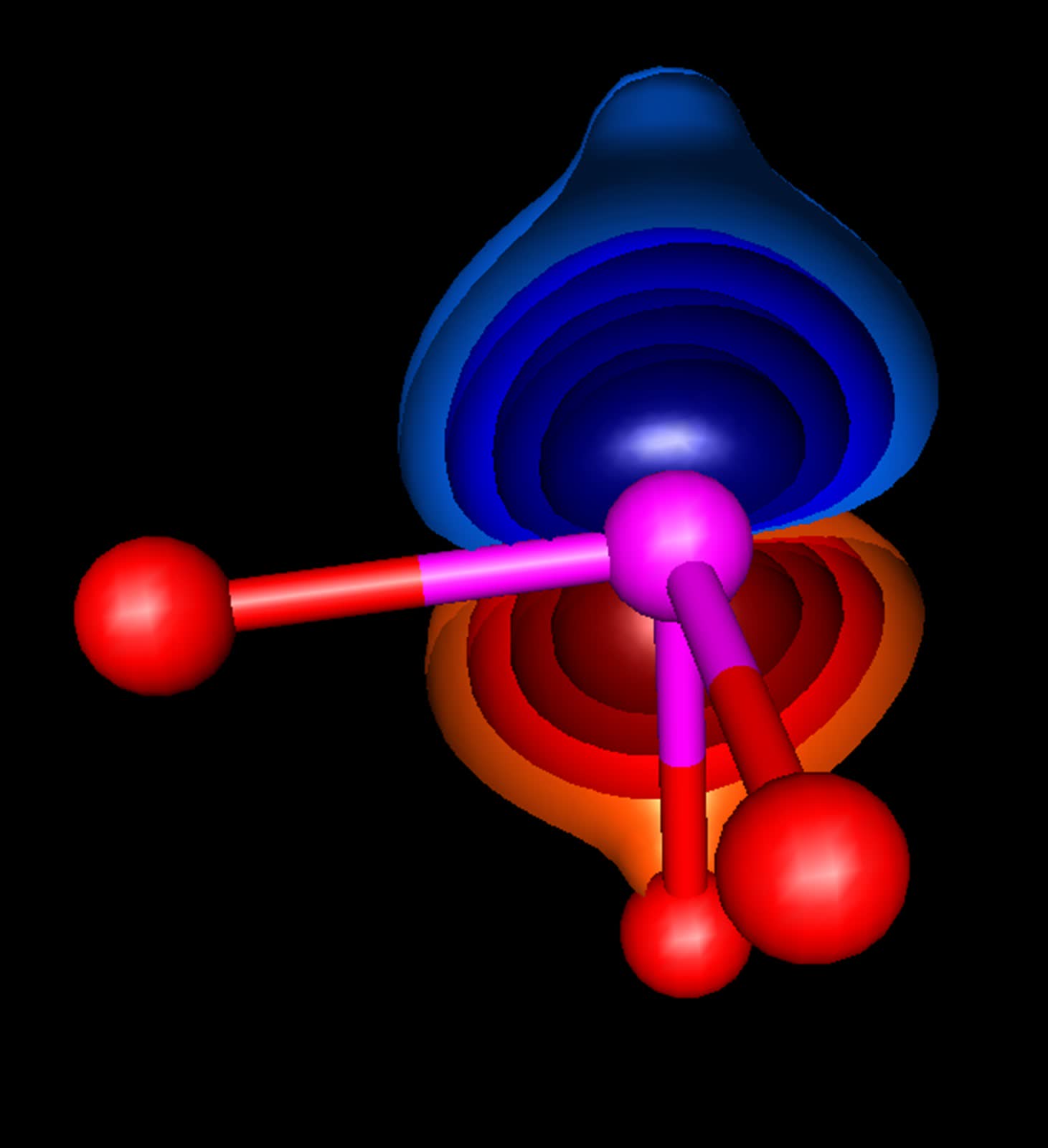Forward-looking: A team of German researchers from Martin Luther University Halle-Wittenberg has unveiled a significant advancement in solar energy technology, revealing a method to dramatically increase the amount of electricity certain materials can generate when exposed to light. Their approach involves stacking ultra-thin layers of different crystals in a precise sequence, resulting in a solar absorber that far outperforms traditional materials.

At the core of this discovery, published in Science Advances, is barium titanate (BaTiO₃), a material known for its ability to convert light into electricity, though not very efficiently on its own.
The scientists found that by embedding thin layers of barium titanate between two other materials – strontium titanate and calcium titanate – they could create a structure that produces significantly more electricity than barium titanate alone, even while using less of it.
The improvement is striking. The layered structures generated up to 1,000 times more electricity than the same amount of standalone barium titanate. The researchers were also able to fine-tune this effect by adjusting the thickness of each layer, giving them control over the system's performance.
"The important thing here is that a ferroelectric material is alternated with a paraelectric material," Dr. Akash Bhatnagar, who led the research, told The Brighter Side News. He noted that while paraelectric materials do not naturally separate electric charges, they can act like ferroelectrics under special conditions, such as at low temperatures or with slight changes to their structure.

Barium titanate can convert light into electricity, though not very efficiently on its own.
The science behind this performance leap lies in how the layers interact. When these materials are stacked together, their ability to absorb light and manage electric charges changes. The layered structure enhances sunlight absorption and facilitates the generation of free-moving electric charges, which are essential for producing electricity.
"The interaction between the lattice layers appears to lead to a much higher permittivity – in other words, the electrons are able to flow much more easily due to the excitation by the light photons," said Bhatnagar.
To build the new material, the team used a high-powered laser to vaporize the crystals and redeposit them in layers just 200 nanometers thick. In total, they created a structure consisting of 500 stacked layers.
When tested under laser light, the current generated by this "crystal sandwich" was up to 1,000 times stronger than that of pure barium titanate of similar thickness, despite using two-thirds less of the photoelectric component. The effect proved robust, remaining nearly constant over six months.
The implications for solar energy are far-reaching. Panels made with this technology could be much more efficient and require less space than current silicon-based solar cells, making them especially attractive for urban environments where space is limited. The material is also simpler to manufacture and more durable, as it does not require special packaging.
While further research is needed to fully understand the underlying mechanisms, the results point to a promising future for solar panels and light-powered devices. By cleverly layering different materials, scientists have opened the door to generating electricity from light much more efficiently, potentially transforming the way we harness solar energy.
Scientists achieve 1,000-fold increase in solar electricity using ultra-thin layers